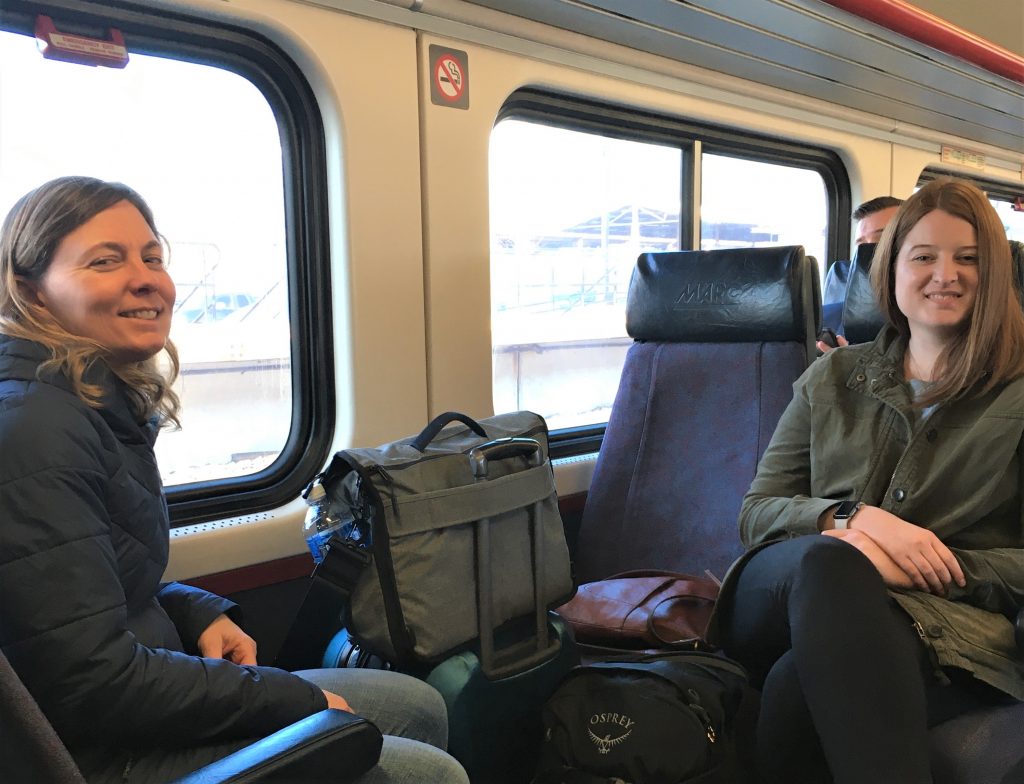Supporting Downtown Redevelopment and Active Transportation Improvements in Rural Northeastern Mississippi
Artificial Intelligence Approaches to Multi-Object Evaluation of Pavements for Condition and Safety
ODOT Automated Bridge Survey
Significant Factors of Bridge Deterioration
Use of Fiber-Reinforced Polymer Composites for Bridge Repairs in Montana
PROJECT NEWS: WTI Researchers Demystify the Salt Phase Diagram
Road salt, most often sodium chloride (NaCl) melts ice and is a crucial tool for winter maintenance crews around the world. However, the constant application of road salt is resulting in long-term environmental and economic impacts. To slow the negative effects of sodium chloride deicers by optimizing salt use, researchers from WTI and Washington State […]
TRAILBLAZER: A Data-Driven Trail Condition Assessment Methodology
Innovative Fiber-Reinforced Polymer Structures for Wildlife Crossings
Development of Deterioration Curves for Bridge Elements in Montana
PROJECT NEWS: Just a short train ride from D.C.

After the TRB Annual Meeting in Washington D.C., Laura Fay (left), Karalyn Clouser (right), and Natalie Villwock-Witte traveled on to Maryland to meet with the Maryland Department of Transportation (DOT) about the Severe Weather Index (SWI) project. An SWI is a management tool that can assess the performance and related costs associated with winter maintenance […]
